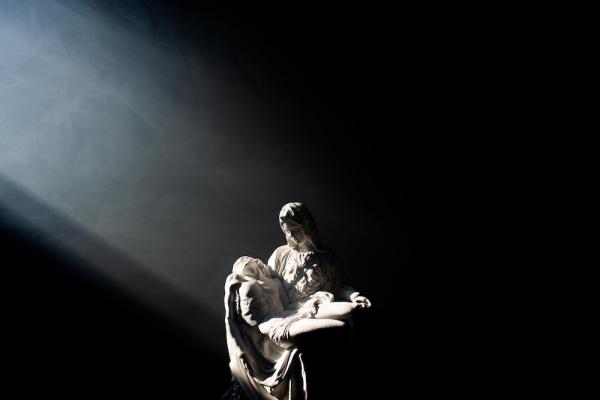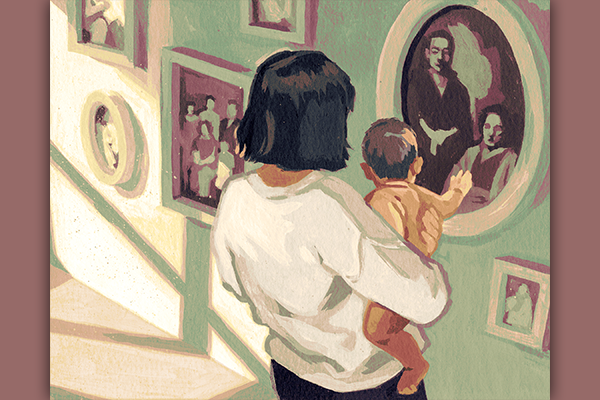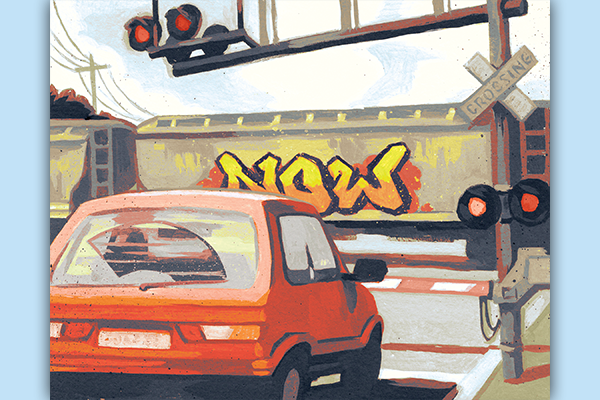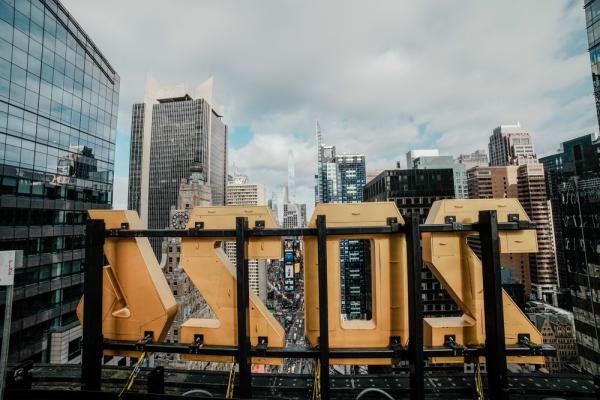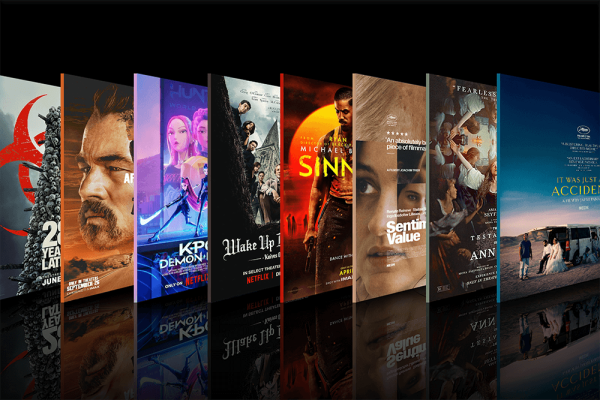We need to walk together, day by day, through the days of this holy weekend — in the midst of this modern plague. Here I offer my map for that journey.
Maundy Thursday
Today, we remember the Last Supper, the first communion, and the washing of the disciples’ feet. The occasion for which Jesus and his disciples gathered was a Passover Seder. And last night, Jews everywhere observed their deliverance from slavery in Egypt and the most terrible of the 10 plagues visited on Pharaoh: the slaughter of the firstborn, which moved like a wave through the Egyptian people. In this time of social distancing, it’s hard not to feel eerie parallels as we shelter in our homes while an invisible killer sweeps through our communities, sickening and killing many. Though now we have no guaranteed protection, no lamb's blood over our doors — despite what some Christians who have continued to worship in groups have said. There is greater randomness to the way the coronavirus attacks.
In John’s depiction of Maundy Thursday, we get some critical guidance from Jesus as he washes his disciples’ feet. He teaches us that good leadership is exercised through service; in John 13:34-35, Jesus instructs his disciples in the following way: “I give you a new commandment, that you love one another. Just as I have loved you, you also should love one another. By this everyone will know that you are my disciples, if you have love for one another."
Loving each other in the midst of a global pandemic may look a little different for a while — a big part of demonstrating that love and commitment to each other is maintaining physical distance for as long as it takes to turn the tide of the epidemic. But the care and support we offer each other is critical to our vocation, especially for those most at risk of contracting the virus or those impacted by our economic devastation the hardest.
For many years, Sojourners’ community held a Maundy Thursday service, walking from each of our community households — where we all lived communally — to our Sojourners Neighborhood Center, which served neighborhood children every day and hosted our evening community meetings and Sunday worship services. There, we prayed together and washed each other’s feet. That physical act of service in washing each other’s feet is a powerful practice — a practice we can’t participate in this year.
So how can we find creative and innovative ways to honor and serve each other now, while maintaining healthy physical distance. How do we find ways in the midst of this plague to wash each other’s feet?
Good Friday
On Good Friday we remember Judas’ betrayal of Jesus, Jesus’ prayers in the garden of Gethsemane, Jesus’ arrest, Peter’s denial of Jesus three times, Jesus’ interrogation by the high priests and Pontius Pilate, and ultimately, Jesus’ torture, humiliation, and death on the cross. The lectionary reading from Hebrews 4:15-16 feels particularly appropriate in this year’s context of so much suffering and death: “For we do not have a high priest who is unable to sympathize with our weaknesses, but we have one who in every respect has been tested as we are, yet without sin. Let us therefore approach the throne of grace with boldness, so that we may receive mercy and find grace to help in time of need.”
My friend Richard Rohr gave me a beautiful image this Holy Week when I interviewed him for our Soul of the Nation podcast in an episode coming on Friday — a picture of Christ on the cross with outstretched hands saying to a world of people suffering from the coronavirus, “I can’t stop your suffering, but am with you in it.”
The idea of the Incarnation is so powerful because it means that God became one of us, with all of our vulnerabilities and weaknesses, and suffered as so many of us suffer; God did not use his power to escape or avoid any of that suffering, even unto a painful death. By doing so, God had solidarity and community with us — maybe especially in our suffering. God gets it. God gets us because God was one of us. I can’t think of a more powerful thing to remember in the midst of such a devastating global calamity as we all are facing right now. God knows what we are going through, God feels it like we do, and it breaks God’s heart, too.
Holy Saturday
On Holy Saturday we are called to dwell on the dreadful, uncertain, in between time: after Jesus died and before he resurrected on Easter Sunday. Our lectionary Gospel texts (Matthew 27:57-66, John 19:38-42) describe a time of deep despair: The disciples had no guarantee, and certainly no evidence, that anything good was to come of their teacher’s execution. Jesus was dead, and now they had to take care of his body and mourn him. The texts tell us that they prepared his body with linen and spices, according to Jewish customs, and laid him in a new tomb. Meanwhile, Pilate and the chief priests, relieved that the political threat of Jesus seemingly had ended, but wanting to quell any movements that would turn him into a martyr, were concerned that the body would be stolen and the disciples would claim he had risen as Jesus had predicted. So, they sent armed soldiers to guard the tomb and sealed it with a stone.
The interesting thing about these texts is that no one, whether those who opposed Jesus or those who followed him, seemed to allow for the possibility that he really meant what he said — that he really would return from death on the third day. It’s hard to blame them. They watched him die. Some had even touched his lifeless body as they prepared it for burial. They saw him placed in the tomb. They saw the tomb sealed. And they saw the armed Roman guards.
Their doubt and despair resonate more deeply this year. It’s hard to imagine that things will change when we are in the midst of the most difficult times, when so many of us are now feeling this virus very personally. And there is often very little evidence on which to base hope that things will get better.
As I often say, hope is not a mood but a decision we make based on what we call faith. In this context of pandemic, many of us are losing people dear to us without the chance to say goodbye, to hold a hand, to embrace a final time. Then we are unable to see their bodies, to prepare them for burial, to gather in remembrance. Grief upon grief.
The lockdown of our society and economy has gone on for weeks, and there are only the barest signs so far that we have anything to show for the cost we have paid. We can’t control the actions of others or the inadequate action of those in top political leadership. The only thing we can only control is what we are doing as individuals and families to maintain physical distancing. On some level, we just have to decide to have faith and hope that we are all doing the best we can to save as many lives as possible, and that we are not doing so in vain.
But the good news is this: We continue to see each day, around the world and even in parts of this country, that the curve of the epidemic can be flattened, and social distancing is the most powerful tool that can do it. In the days and weeks to come, we will see the evidence that things are changing and improving so long as we stay this course.
And, Easter is still coming.
Editor’s Note: Sojourners will be offering a special Sunday edition of SojoMail with Jim’s Easter message.
Got something to say about what you're reading? We value your feedback!
